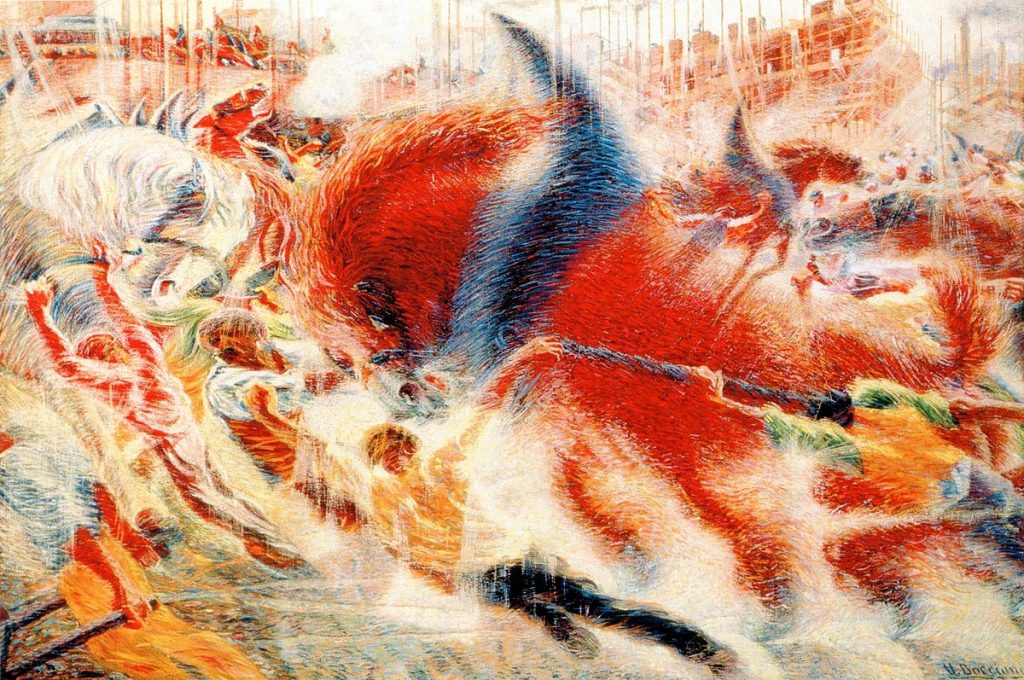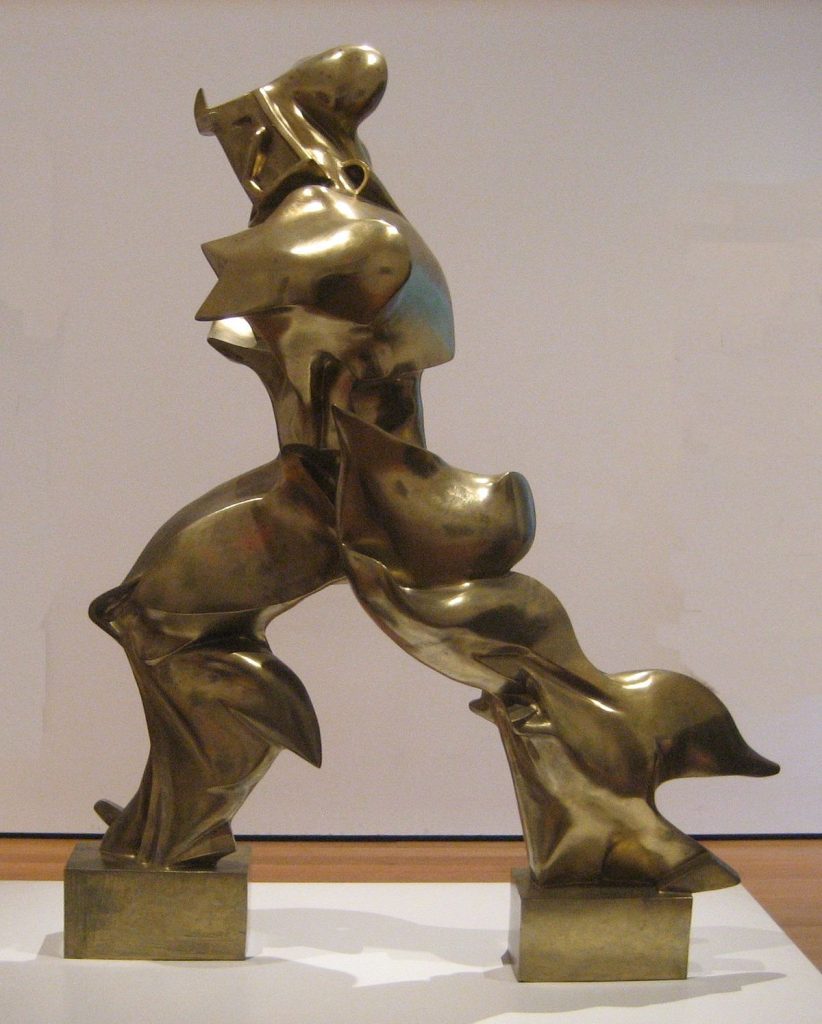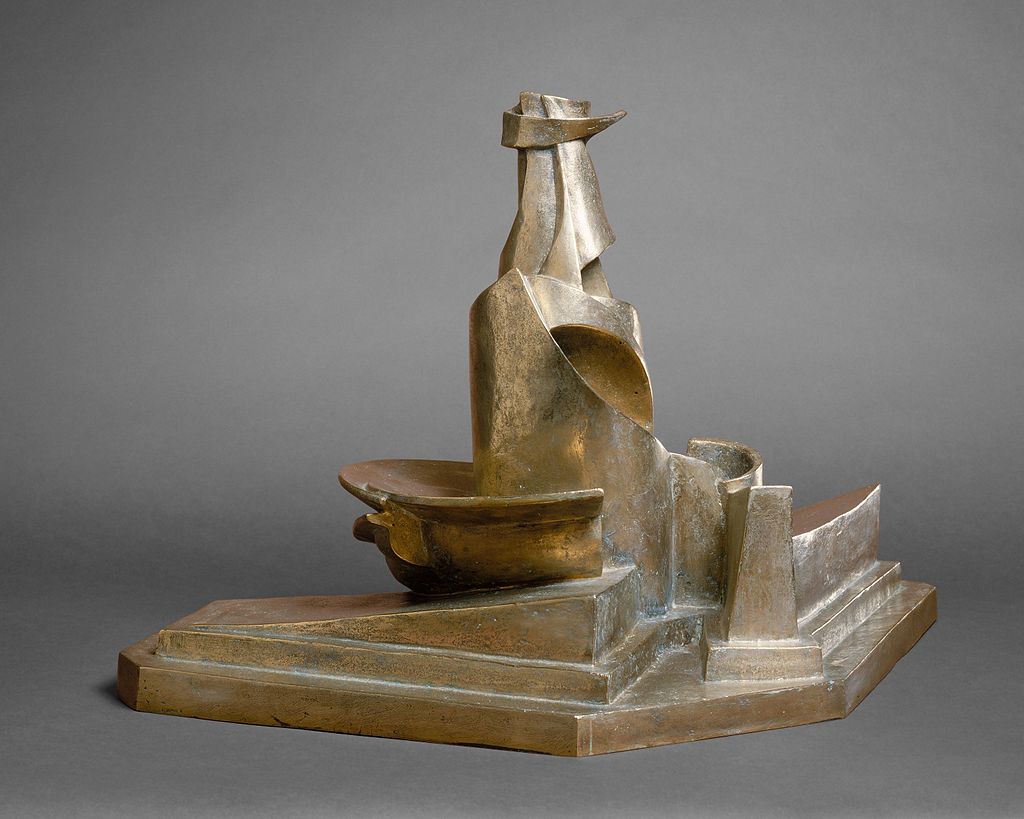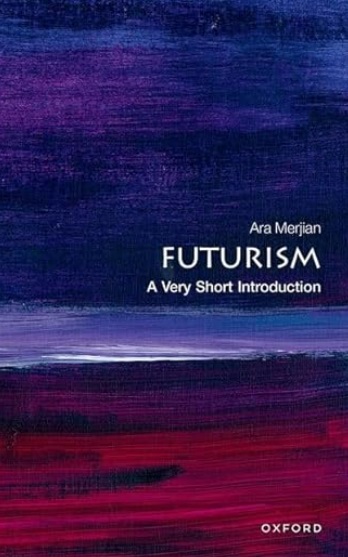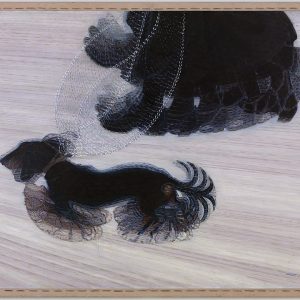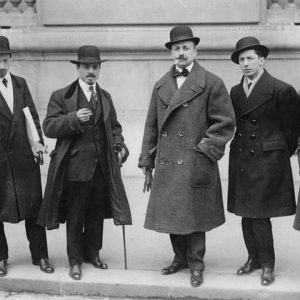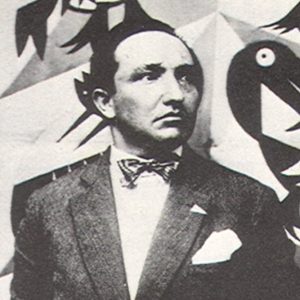Umberto Boccioni, one of the most influential artists of the early 20th century, was born on 20th October 1882. He was a driving force behind the Futurist movement.
Boccioni’s bold ideas and experimental approach helped reshape modern art, combining dynamic movement with emotional expression. His work, though cut short by his untimely death, remains integral to understanding the evolution of modernism.
The Birth of Futurism
Futurism emerged in Italy in the early 1900s, led by Filippo Tommaso Marinetti’s manifesto in 1909. It rejected traditional art forms and embraced modernity, speed, and technology. Futurists aimed to reflect the frenetic energy of the new industrial world, capturing the chaos and excitement of a rapidly changing society.
Boccioni became a key figure in Futurism, developing its visual language and helping it move beyond literature into painting and sculpture. Born in Reggio Calabria in 1882, he began his artistic training in Rome, where he was influenced by the late Symbolist painters. However, after meeting Marinetti in Milan in 1910, Boccioni embraced Futurism and quickly became one of its most vocal advocates.
He believed art should reflect the dynamism of modern life. To achieve this, Boccioni experimented with techniques that broke away from the static nature of traditional art. His focus was on depicting movement, energy, and time, and he aimed to express the interconnectedness of objects and their surroundings.
Notable Works
Boccioni’s most notable works showcase his desire to break free from the confines of classical forms. His paintings and sculptures convey a sense of motion, energy, and fluidity that became the hallmark of Futurist art. Some of his most famous pieces include The City Rises, Unique Forms of Continuity in Space, and Development of a Bottle in Space.
The City Rises (1910)
This large oil painting is one of Boccioni’s early Futurist works, and it exemplifies his desire to capture the energy of urban life. The painting depicts a chaotic construction site, with workers and horses seemingly merging into the frantic activity around them.
Boccioni uses swirling brushstrokes and bright, vivid colours to evoke the power and movement of modern cities. This piece, often seen as his declaration of allegiance to Futurism, highlights his fascination with industry, progress, and the human struggle against technology.
Unique Forms of Continuity in Space (1913)
Perhaps Boccioni’s most iconic work, this bronze sculpture perfectly encapsulates the Futurist ideal of capturing movement in a solid form. The figure appears to be striding forward, its body flowing in a way that suggests speed and dynamism.
Although the subject is a human figure, its form is heavily abstracted, with elongated limbs and fluid lines that blend the human body with its surrounding space. This piece has become one of the most recognised sculptures of the 20th century and a symbol of Futurism’s break from tradition.
Development of a Bottle in Space (1912)
In this sculpture, Boccioni explored the interaction between an object and its environment. Using a simple bottle as his subject, he deconstructed and reassembled it in abstract terms, suggesting the way objects exist not in isolation but as part of a dynamic interplay with the space around them.
Like many of his other works, it demonstrates his fascination with breaking down conventional forms and reconstructing them to reflect modern life’s fluidity.
Boccioni’s Theories and Vision
Boccioni wasn’t just a prolific artist; he also contributed to the theoretical framework of Futurism. He co-authored several Futurist manifestos, notably the Manifesto of Futurist Painters and the Technical Manifesto of Futurist Sculpture. In these writings, he expressed his disdain for static, academic art and his desire to create something new and radical.
He famously wrote about the “simultaneity” of vision, advocating for the depiction of objects from multiple perspectives. This concept echoed the growing influence of Cubism, yet Boccioni’s vision differed in that he was more focused on motion and emotion than pure geometry.
He also called for a complete fusion of painting and sculpture, which he believed should not be limited by their traditional boundaries. His ambition was to create works that existed as part of their surroundings, seamlessly blending with the space they occupied. This idea would come to fruition in some of his later sculptural works, which attempted to dissolve the barrier between object and environment.
Untimely Death and Legacy
Umberto Boccioni died aged just 33. In 1916, he enlisted in the Italian army during World War I, along with several other prominent Futurists. While stationed in Verona, he fell from a horse during a training exercise and sustained serious injuries. He died on August 17, 1916, from complications related to his fall.
Despite his brief career, Boccioni’s impact on modern art was profound. He helped establish the aesthetic principles of Futurism and pushed the boundaries of what art could be. His works continue to be celebrated in major galleries and museums worldwide, and his ideas about movement, form, and the relationship between objects and their surroundings have influenced generations of artists.
Recommended Read
Very Short Introductions: Brilliant, Sharp, Inspiring
From the motorcar to the radio, modern technology radically transformed urban life by the first decade of the twentieth century. As one of Western Europe’s least industrialized countries, Italy appeared impervious to such developments. It was this state of affairs at which the Futurist movement took aim. With its founding in 1909, the poet and impresario F.T. Marinetti called for a revitalization of aesthetic expression by means of “movement and aggression.”
Buy from Amazon


